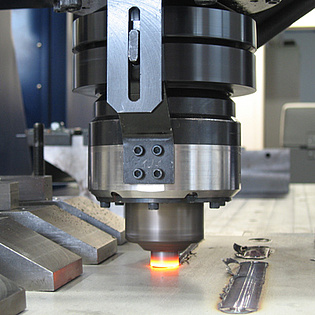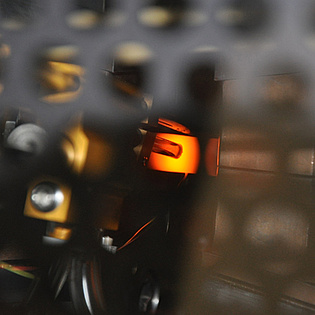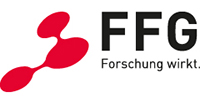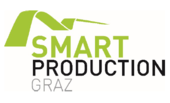Joining Technology


Joining, which is an essential technology for most of the modern products of the daily life, has a long tradition at IMAT. In addition to the work on conventional arc welding processes, our team also investigates friction and electron beam welding. In cooperation with the aviation group also devices for friction stir spot and ultrasonic welding are available.
Not only existing modern welding techniques are studied in detail in these topics, but prototype machines are designed in cooperation with our partners to advance innovative solutions and to further develop experimental techniques. Using arc or electron beam as heat source in combination with filler wires are the base for developing unique additive manufacturing solutions.
Steel still represents the main area of investigated materials, but other materials such as aluminum, copper, magnesium, molybdenum, titanium alloys or even polymers are also examined. Besides joining these materials also joining dissimilar materials is a special focus at IMAT. Therefore, but not limited to dissimilar joints the investigation of the corrosion resistance is of special interest. Due to different processes available, joining processes ranges from sub-mm thin components up to 100mm thick parts via single or multi-layer welds with or without filler materials. As the materials
Systematic experimental investigations of joining processes are supported by modelling of the processes. Temperature field, microstructure development and residual stresses are typical results of these efforts. Furthermore
current projects
We3D - Wire-based additive manufacturing – materials and technologies – for 3D metal structures of the future
Wire-based additive manufacturing (WAM) is a new technology that uses a layer-by-layer deposition of wire feedstock - without any tooling - enabling the production of large, geometrically complex 3D parts with part dimensions which cannot be achieved with current powder-bed AM technologies. WAM alloys must be designed for multi-pass procedures, being able to endure the inherent, inline heat input from each further layer deposition. It is a goal of We3D to optimize existing and develop novel light metal alloy wires (Aluminum and Titanium). These are investigated at different levels and used for modification of semi-finished materials. These novel WAM-specific wires shall allow WAM parts with superior properties for aerospace, automotive and industrial applications. We3D targets new WAM solutions applied in harsh environments and overhead welding positions. New sensors for arc-, weld seam and temperature monitoring will be developed and investigated in We3D, since molten metals are usually difficult to monitor for geometrical and temperature parameters. In addition, a database system will be set up for process, sensor and material data collection, data vs. error correlation, and inline repair control. Goal of We3D is to realize a system that paves the way for fully automated WAM in the future. We3D strives to take WAM and the consortium partners competences to a new level. This by innovative wire materials, process-, sensor-, control-technologies, validated software tools, and more economic applications in various high technology industries. At IMAT the focus lies on steel application in overhead position using a novel two-wire plasma welding device provided by project partner SBI. Additionally, Ti and Al alloys and electron beam welding process are of interest. In all cases process property relationship will be considered using different characterization techniques.

http://www.ait.ac.at/themen/drahtbasierte-additive-fertigung/projekte/we3d
Group Management
Dipl.-Ing. Dr.techn.
- Tel.
- +43 316 873 - 1661
Group Member
Dipl.-Ing. IWE BSc
- Tel.
- +43 316 873 - 1621
Dipl.-Ing. Dr.techn. BSc
- Tel.
- +43 316 873 - 4306



